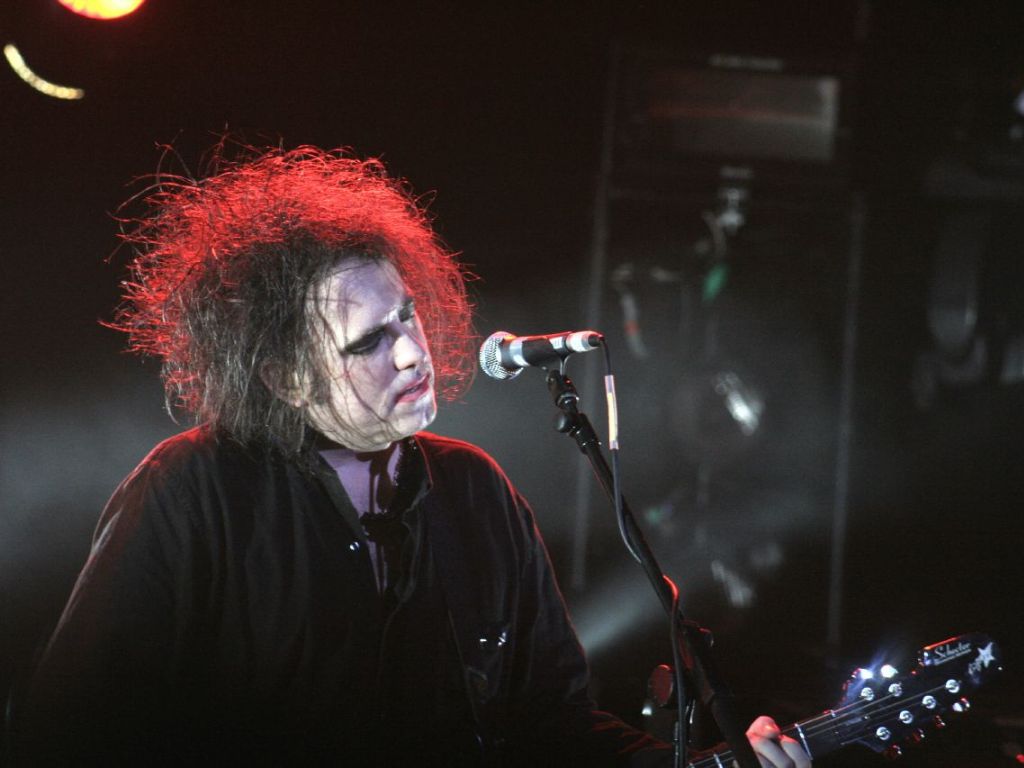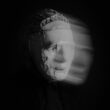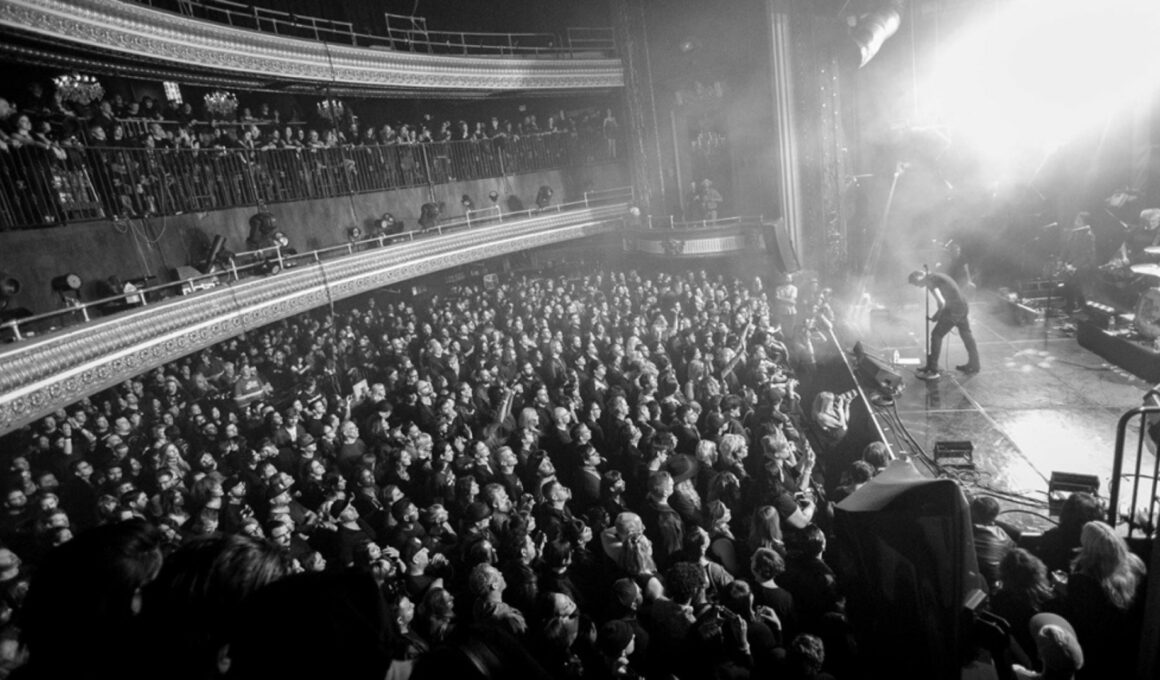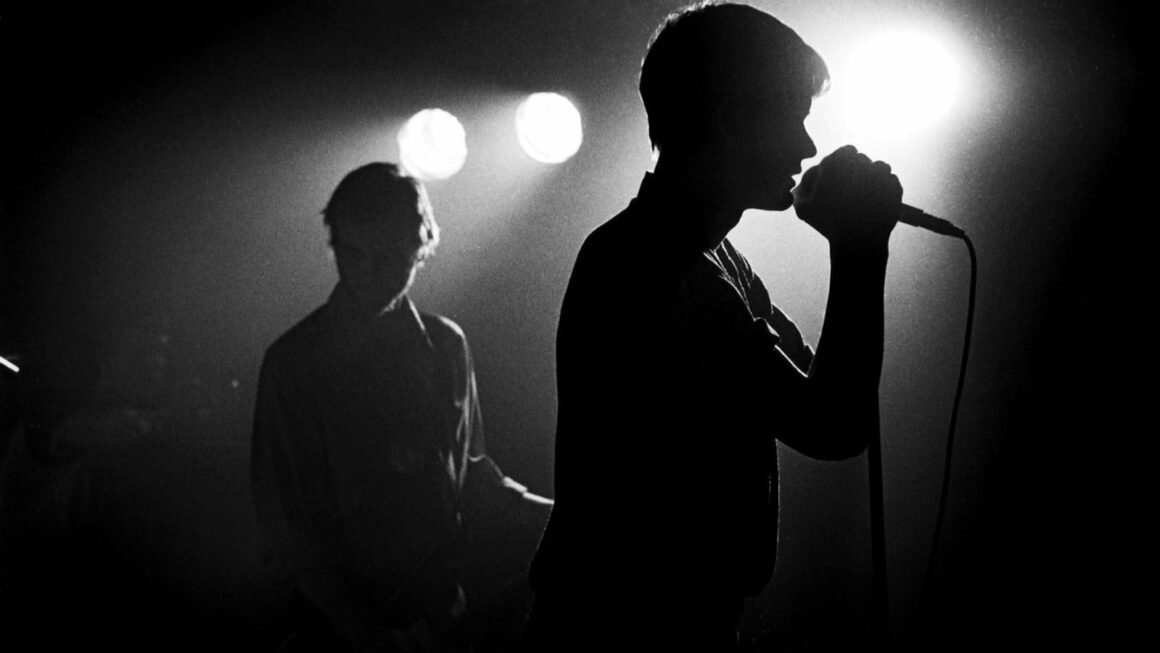
Song Stories: The Cure’s “Charlotte Sometimes”
From an innocent piece of popular fiction to an 80s goth masterpiece.
“Charlotte Sometimes” was released as a non-album single and is very much a stand-alone piece. The track came out in October 1981, a little over a decade after the release of the same-titled book it was based on, which was part of The Aviary Hall Trilogy by Penelope Farmer. This original book deals with a schoolgirl, Charlotte, who appears to time travel and keeps up a series of letters with a past version of herself known as Clare. In its own way, the song follows this storyline with its lyrics and music video, adding a gothic twist to it.
Both the track and video function as a great way of showing that certain concepts can be repurposed. One of the most striking things is how The Cure really embraced their British roots. The World War One era setting of some of the plot adds to this and shows in the Edwardian costume and décor in the video, too. Here, Robert Smith cleverly cottoned on to the inherent gothic elements of a great proportion of the nation’s history. In fact, this is relatively highbrow for a band that was always part of more rough and ready subcultural scenes. Also, this kept up with the traditions of the era and the Victorian age which came before it – times that saw classic gothic literature such as The Picture of Dorian Grey published.
The only bit varying from the book was the setting of the video. Instead of being filmed in a girls boarding school, it was actually filmed in Holloway Sanatorium, a Victorian-era psychiatric hospital that was still in operation as late as the 1960s. This decision was suggested by Fiction label owner Chris Parry. Once known, this adds to the song’s slightly unsettling atmosphere, making “Charlotte Sometimes” go from a relatively innocent piece of popular fiction to a gothic extravaganza of a song.
What definitely helped The Cure create this sort of atmosphere is the band’s use of the unknown. While the paranormal within the original book is played rather straight, The Cure showcased how these experiences could in fact be interpreted through the lens of insanity and madness, which is clearly visible in the accompanying video. The plot is alluded to as Charlotte sees a version of herself from years back, in keeping with the original. However, both song and video bring out the sinister routes this theme can actually go down. For example, the idea that at least one of the people involved could be dead is toyed with as Charlotte lifts a shroud and finds her own face staring back at her. The era’s love for the latest technology also sees the use of photographic negatives and inverted colours to make everything seem like a dreamlike, fantasy world. Ultimately, it is left up to the viewer to decide whether Charlotte is dreaming, or perhaps insane.
All in all, “Charlotte Sometimes” manages to cover so many disparate elements of the gothic subculture – the inherent sinister atmosphere of British institutions and the history of the world in which the band members would have grown up with. In combination with darker elements like the video’s choice of location, “Charlotte Sometimes” becomes an iceberg – one where, though heavily paid homage to, the original source material is only the tip.









